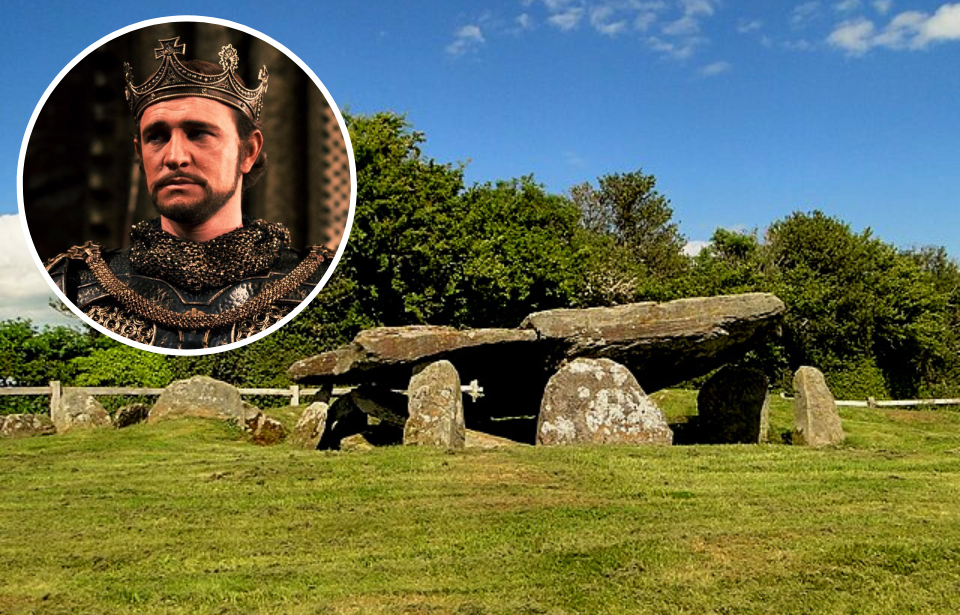Archaeologists with the University of Manchester have teamed up with English Heritage to conduct a dig of a 5,000-year-old tomb linked to the legendary King Arthur. The excavation will look to remove turf to “expose and record particularly sensitive archaeological remains,” with the aim being to learn more about the Neolithic tomb.
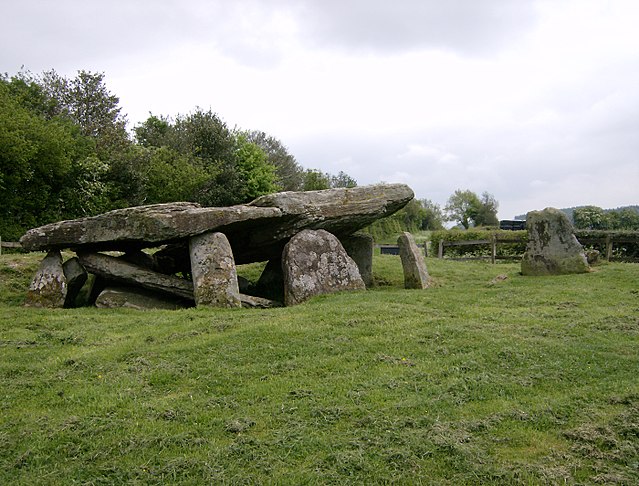
English Heritage is currently in charge of overseeing the tomb, which is believed to date back to between 3,700 and 2,700 BC. Known as “Arthur’s Stone,” it’s located atop a hill on the outskirts of Dorstone, in Herefordshire’s Golden Valley.
A dig conducted to the south by the Universities of Manchester and Cardiff in 2021 found that the tomb, which currently consists of just an inner chamber of nine upright stones and one 25-ton capstone, initially stretched into a nearby field and was once part of a larger ceremonial landscape. This included the nearby remains of two 6,000-year-old halls known as the “Halls of the Dead,” which were discovered in 2013.
This has led researchers to believe that the monument was likely not built solely to serve as a tomb and was probably used for ritual ceremonies, similar to those that occurred at Stonehenge, in Wiltshire.
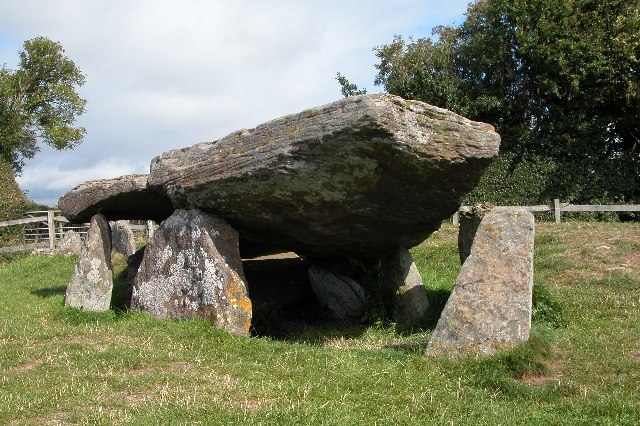
Speaking about the tomb and the recent excavation efforts, Julia Thomas, a professor at the University of Manchester, said, “Arthur’s Stone is one of this country’s outstanding prehistoric monuments, set in a breathtaking location – yet it remains poorly understood. Our work seeks to restore it to its rightful place in the story of Neolithic Britain.”
The goal of the current excavation is to learn more about the tomb and potentially uncover such archaeological artifacts as skeletal remains and ceramics. According to English Heritage, similar examples from the region have revealed the remains of a number of prehistoric individuals, as well as pottery, flint flakes and arrowheads.
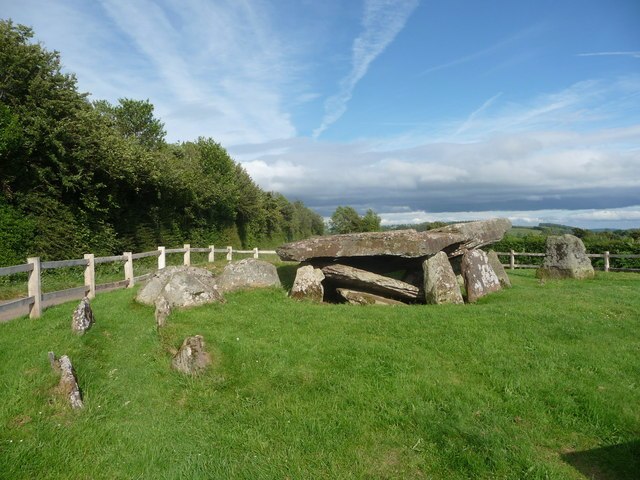
Arthur’s Stone has been linked to King Arthur since around the 13th century AD. One of the most well-known legends states that the legendary British ruler slew a giant, who left an impression on one of the stones as he fell to the ground. Other stories suggest the impressions were left by Arthur himself while he was praying, or that the tomb is a marker of one of his great battles.
While the majority of historians discount the idea that King Arthur actually existed, tales of his exploits have been a part of British lore for centuries. According to legend, he led the defense of the country against Saxon invaders during the late 5th and early 6th centuries AD, and was the sovereign of the knights of the Round Table.
It’s currently unknown how his existence came to be or if he was based on a real person.
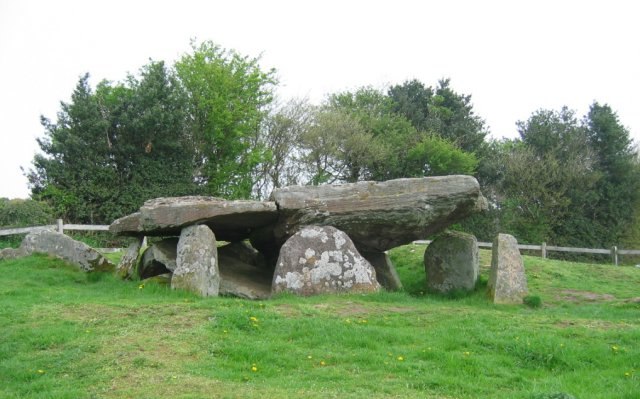
Along with recruiting a team of researchers, English Heritage has also amassed a team of volunteers to help conduct tours of the excavation site, to allow the public a firsthand look into Britain’s history.
More from us: 10 Cities Giving Away Land or Money to Have People Move There
“Arthur’s Stone is one of the country’s most significant Stone Age monuments, and this excavation gives us a really rare and exciting chance for members of the public to come and see archaeology in action,” said Ginny Slade, volunteer manager with English Heritage. “Our team of wonderful volunteers will be on hand to explain the latest findings as they happen – we’re asking people to book in advance to make sure everyone has a chance to enjoy this great opportunity.”
Tours will take place throughout July 2022.
